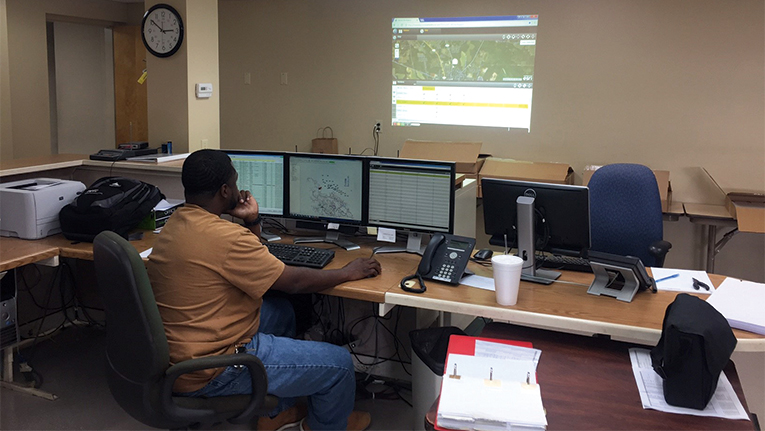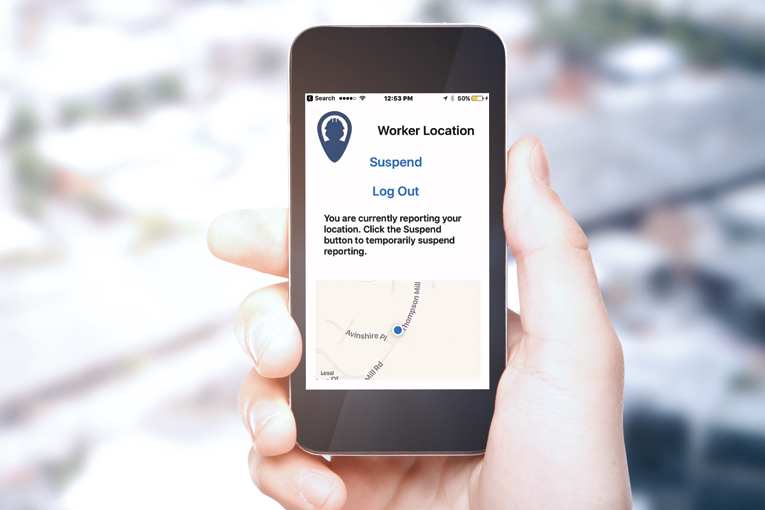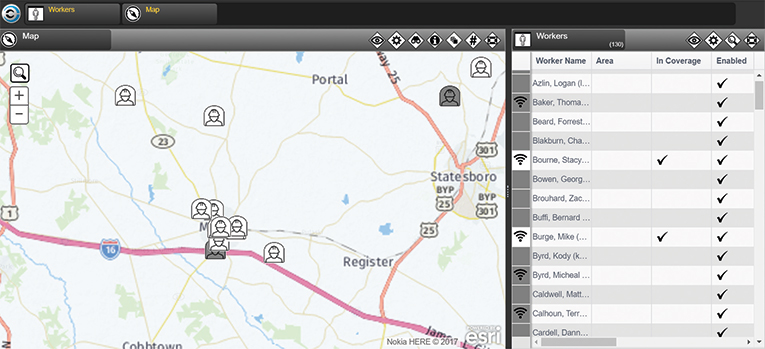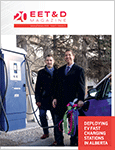Hurricane Harvey hit Texas in August 2017, the first hurricane to make landfall in the United States in 12 years. Over a four-day period, many areas received more than 40 inches of rain, which caused catastrophic flooding and required extensive power restoration.
The devastation from Hurricane Harvey prompted an application developer to offer its worker location app for utilities in the path of the upcoming Hurricane Irma, which was expected to make landfall in Florida in early September and then continue as a tropical storm north towards Atlanta.
Hurricane Irma was expected to be the most intense Atlantic hurricane to strike the United States since Katrina in 2005, and getting this technology to utilities ahead of the event would speed restorations and ensure workers were kept safe.
Fast Deployment – No Learning Curve
Adding new technology so close to a major event could have been overwhelming to office and field staff, but the worker location app is instantly installed and used with no learning curve. Incoming crews, provided through mutual aid programs are set up as part of the foreign crew onboarding process and are instantly tracked on the borrowing utility’s workforce or outage management maps.
The app is loaded to the worker’s own smartphone or tablet, eliminating the need to provide and train on new hardware. And when a worker is not on the clock a simple suspend button ensures their privacy is maintained.
Partnering with a solutions provider in the telecommu¬nications space, the app developer was able to contact affected utilities the weeks leading up to Hurricane Irma with an offer to provide the worker location app at no cost to track their workers, crews and contractors during the event – including those provided through mutual aid assistance.
Excelsior Electric Membership Corporation (EEMC) accepted the offer, and within a day they were on site to assist. The automated worker location app was then set up at EEMC in less than 24 hours.
Real-time GPS Tracking of Vehicles and Workers
The utility was well prepared for bringing in foreign crews, having learned valuable lessons from their response to Hurricane Mathew in 2016. As the president of EEMC stated in a letter to their members after the event, “the odds of having two major outage events in consecutive years doesn’t seem likely, but Mother Nature is anything but predictable.”
EEMC had nine dispatch workstations prepared, and divided the crews among them. With assistance from the solutions provider, they loaded the donated app to their own workers’ devices and then to the mutual aid workers that were arriving from neighboring states. On average, it took just 15 minutes per worker to get the app installed, the worker trained, and the worker’s location to start appearing on the utility’s OMS map.
“During emergencies, a modem in a truck is not accurate enough as a truck might be down the street or a significant distance due to terrain conditions,” stated Bill Walden, Manager of Data and Technical Services at EEMC. “This is why we had our own crews using the app as well as contractors and borrowed crews. We greatly improved worker safety while crews were energizing lines, and the app made easy work of getting materials, equipment and food out to crews in the field without chasing them down.”

More Than 150 Workers from Six States Quickly Restored Power
In total there were 150 workers restoring power to the EEMC territory after Hurricane Irma, including mutual aid crews from Oklahoma, Kentucky, Virginia, Arkansas and Washington. More than 85 percent — over 18,000 meters — of the territory was affected but in 72 hours the utility had 100 percent restoration.
The use of the automated worker location app during a major event was considered a success by EEMC. The deployment of the app was quick and easy, and the consistent performance of the app led the utility to keep it operational until all meters that could safely receive power were restored.


 Carol Johnston has more than 15 years of experience working in the mobile workforce management and other related technology industries. Prior to Clevest, she was VP of product and strategic partnerships for Bazinga Technologies, solutions manager for ABB Software (formerly Ventyx), and product line manager for Itron, where she managed their product and go-to-market strategies.
Carol Johnston has more than 15 years of experience working in the mobile workforce management and other related technology industries. Prior to Clevest, she was VP of product and strategic partnerships for Bazinga Technologies, solutions manager for ABB Software (formerly Ventyx), and product line manager for Itron, where she managed their product and go-to-market strategies.







